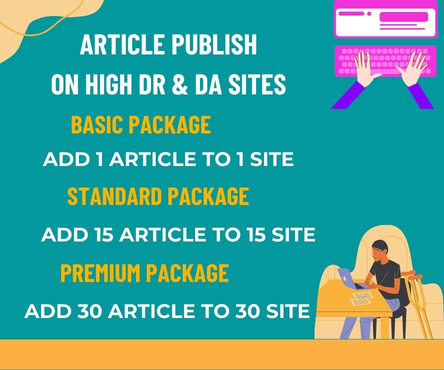In the world of digital content marketing, businesses and creators are continuously looking for innovative ways to engage their audience and expand their reach. One such tool that has gained significant popularity in recent years is the flipbook. Flipbooks are digital publications that mimic the traditional book format, but with the convenience and interactivity of online platforms. They offer a visually appealing, user-friendly experience, allowing readers to flip through pages in a manner similar to reading a physical book. This unique feature, combined with various advantages, makes flipbooks an excellent tool for improving content distribution and reach.
The Appeal of Flipbooks
Flipbooks stand out because of their ability to combine rich, interactive design with the accessibility of digital content. Unlike traditional PDFs or static web pages, flipbooks engage users by providing a dynamic experience. The flipping motion, often accompanied by sound effects or animations, draws readers in and encourages them to explore the content more deeply. This interaction fosters a sense of involvement, increasing the likelihood that the content will be shared, discussed, or revisited.
Enhancing Content Distribution
Flipbooks significantly improve content distribution by making it easier to share across various digital channels. The files are typically lightweight and easy to embed into websites, social media platforms, or emails. This means businesses can reach a larger audience without the burden of bulky files that can slow down download times or cause compatibility issues. Additionally, flipbooks can be optimized for both desktop and mobile devices, ensuring that the content is accessible to users regardless of the platform they are using.
Because flipbooks can be seamlessly shared via links, businesses can distribute their content widely through newsletters, social media, blogs, and even messaging apps. With the ability to create a unique URL for each flipbook, marketers can track engagement and gather valuable data on how their content is being received. This information can be used to refine strategies and increase overall reach.
Boosting Engagement
The interactive nature of flipbooks can dramatically boost user engagement. Readers are more likely to spend time with content that is visually appealing and interactive, rather than static text or images. The design options for flipbooks allow for rich media integration, such as videos, audio clips, animations, and hyperlinks. These elements create a more immersive experience, encouraging readers to explore additional content or take actions, such as signing up for newsletters, making a purchase, or sharing the flipbook with others.
Moreover, the visual appeal of flipbooks makes them more shareable on social media. Platforms like Facebook, Instagram, and LinkedIn are ideal for distributing flipbooks, as they allow users to quickly engage with the content and share it with their networks. The more shareable and visually interesting your content is, the more likely it is to reach a broader audience.
SEO Benefits
In addition to their interactive features, flipbooks can improve a website’s search engine optimization (SEO). Search engines favor engaging, content-rich formats that keep users on a page for longer periods. Flipbooks encourage this behavior, as users often spend more time flipping through pages and engaging with multimedia elements. This increased on-page time sends positive signals to search engines, potentially improving the website’s ranking.
Furthermore, flipbooks can include embedded keywords, meta descriptions, and even links to other pages within the flipbook, which helps improve the SEO of the content. These elements make it easier for potential readers to find the content through organic search.
Conclusion
Flipbooks offer businesses and content creators a powerful way to improve content distribution and expand their reach. By providing an engaging, interactive experience, flipbooks encourage users to explore content more deeply and share it with others. The ease of distribution, combined with the ability to track engagement and optimize for mobile devices, makes flipbooks an ideal tool for digital marketing. Additionally, the SEO benefits they provide further enhance their value as a content distribution tool. As digital marketing continues to evolve, flipbooks are likely to remain a key component of successful content strategies.

